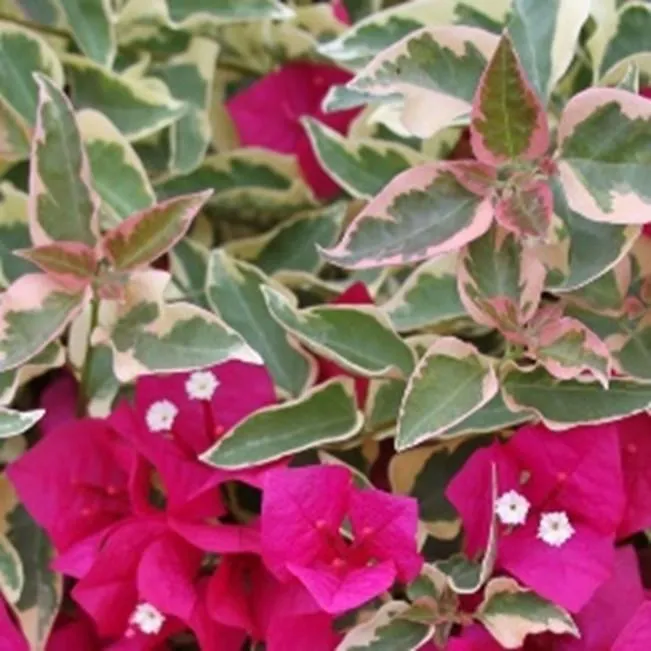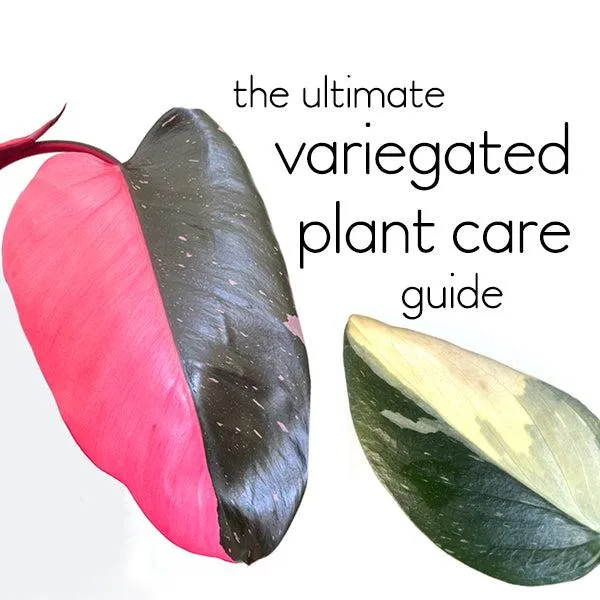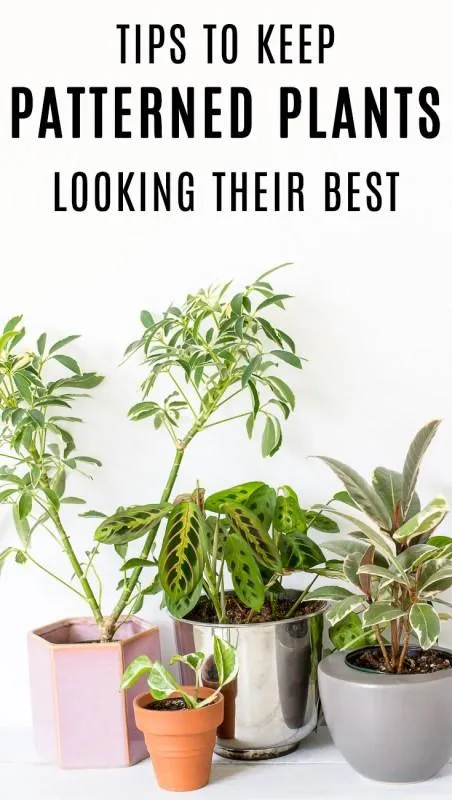Everything You Need to Know About Verigated Plants
If you’ve searched for “verigated plant”, chances are you’ve come across a plant with interesting variegated or stripes in its leaves and wanted to learn more. In this article, I’ll cover all the basics about verigated plants from what causes the variegation to caring for these beauties.
What is a Verigated Plant?
A verigated plant, sometimes also called a variegated plant, is one whose leaves have markings, patterns or patterns of different colors other than just solid green. The most common types of variegation involve yellow, white or cream-colored stripes, splashes or edges on the leaves. The variegation is caused by gaps in the distribution of chlorophyll, the pigment that makes leaves green and enables photosynthesis.
What Causes Leaf Variegation?
There are a few different reasons why variegation may occur in plants:

- Genetics – Some variegation is inherited and genetic mutations can cause specific patterns to form generation after generation.
- Virus or disease – In rare cases, a virus or pathogen may disrupt chlorophyll production in areas of the leaf.
- Chloroplast distribution – Issues with how chloroplasts, the structures that contain chlorophyll, distribute during cell formation can result in variably colored foliage.
The most common cause is simply genetic inheritance of a variegated trait. Nurseries have selectively bred many popular variagated plant cultivars over time for their colorful foliage.
Popular Variegated Houseplants
Some of the most widely grown verigated houseplants include:
- Chinese Evergreens – Available in white or yellow edged varieties like ‘Variegata’
- Pothos – The classic golden pothos has yellow and green splotched leaves
- Philodendron – Look for ‘Birkin’, ‘Brazil’ or ‘Selloum’ with white markings
- Peperomia – Types such as ‘Rosso’ have cream and green mottled foliage
- Zebra Plant – Stripes of green and white add drama to this succulent
These plants are popular partly due to their low light requirements despite the added visual interest of their variegated leaves. Their patterns really make them stand out from solely green foliage.

Caring for Variegated Plants
While variegated plants have the same basic needs as their solid green counterparts, their variegation can make them a bit more sensitive. Here are some tips:
- Light – Place in bright, indirect light to prevent losing variegation over time in low light. Too much direct sun can scorch leaves.
- Temperature – Avoid temperature fluctuations which can stress variegated types more easily. Warm conditions suit them best.
- Water – Be careful not to overwater as variegated areas are more prone to rot. Water thoroughly when dry and drain well.
- Fertilizer – Use a dilute, balanced fertilizer in the spring and summer to support their extra energy needs.
- Pruning – Remove reverted green branches to maintain the plant’s variegated appearance over the long run.
With a bit of extra TLC, variegated plants can thrive and keep their wonderful patterns for many years.
Variegation Challenges
It’s important to note that some variegated plants can be harder to care for than their solid colored versions due to the following potential issues:

- Reversion – Variegation may fade over time and revert back to all green if stressed or in low light.
- Slower Growth – The plant must work harder to perform photosynthesis with patchy chlorophyll.
- Rot Prone – Sections lacking chlorophyll are more vulnerable to fungal/bacterial diseases.
- Legginess – Without optimal conditions, growth may become tall and lanky versus bushy.
So while verigated plants add pizzazz, be prepared for some extra plant parenting challenges! With the right care tailored to their needs, though, they’ll thrive.
Benefits of Owning Variegated Plants
On the upside, variegated plants provide some nice perks beyond just their beautiful foliage patterns such as:
- Decorative Value – Their colors really make a visual statement in your home or garden.
- Low Light Tolerance – Variegation allows some to survive with less than ideal lighting.
- Rarity Factor – Collecting variegated cultivars can be like plant Pokémon hunting.
- Conversation Starters – People are bound to ask you about their pretty leaves!
So in summary, while variegated plants require some special care, their fun foliage more than makes up for it in my opinion! They totally jazz up any indoor or outdoor space.

Final Thought: Embrace the Imperfections
As with any verigated plant, it’s important to embrace their natural imperfections. Variegation patterns are rarely perfectly symmetrical or solid. Leaves will fade or revert over time.
I’ve seen collectors stress trying to maintain exact variegation levels. But relaxing those standards allows us to truly appreciate their inherent beauty in variability. So kick back and let variegated plants strut their stuff however Mother Nature intended!
Characteristics of Variegated Plants
| Plant | Description | Care Tips |
|---|---|---|
| Phlox | Striking white and green leaves with colorful flowers in spring and summer | Prefers partial sun and well-draining soil. Prune back after flowering to encourage new growth. |
| Pothos | Hardy vine with heart-shaped green and white leaves. Adds beautiful texture to any room. | Low maintenance. Water when top inch of soil is dry. Snip leggy vines to encourage bushiness. |
| Peperomia | Tropical succulent with variegated leaves offering colorful texture. Perfect for bright indoor areas. | Keep soil evenly moist. Propagate by stem or leaf cuttings. Rotate plants for balanced growth. |
| Coleus | Vibrant foliage plant with colors and patterns that change with light exposure. Thrives in shade or sun. | Trim dead leaves and prune regularly for dense growth. May need protection from harsh winds or sun. |
FAQ
- What is a variegated plant? A variegated plant is a plant that has streaks or patches of different colors other than just green, like white, yellow or pink markings. These plants are made this way by a genetic mutation.
- Why do some plants come variegated? Although the exact cause is unknown, it basically has to do with pigment production in the leaves. A variegated plant doesn’t correctly produce chlorophyll in some areas, so other pigments like white or yellow show through instead of the usual green.
- How do you care for a variegated plant? You gotta give a variegated plant the same care as a regular plant. Water it when the soil gets dry. Place it in bright but indirect sunlight so the colors stay strong. Fertilize in the growing season. The variegation may fade if it’s in too much shade.
- Will a variegated plant stay variegated? For the most part, but not always. Sometimes new growth comes back solid green. This could mean it’s stressed and needs more care. Cuttings from the pink or white parts are more likely to stay variegated if you propagate the plant.
- Are variegated plants harder to care for? They don’t necessarily need more care than green plants. However, the areas missing chlorophyll can be weaker. So a variegated plan may appear sort of unhealthy if the markings are large. Giving it ideal conditions prevents issues.
- Why are some variegated plants more expensive? Rare or unusual variegation patterns command higher prices. Since variegation is caused by a genetic mutation, getting an exact variegated plant through seeds or cuttings can prove difficult. The plant has to stay stable generation after generation. This limits their availability, driving up cost.
- In summary, what makes variegated plants unique? While they basically need the same care as regular plants, variegated plants stand out with their crazy colors! Who wouldn’t want a plant with pink, white or yellow splotches breaking up the usual green? They certainly add more visual interest to any garden or home. Even after centuries, their colorful mutations amaze both Experts and amateurs alike.
